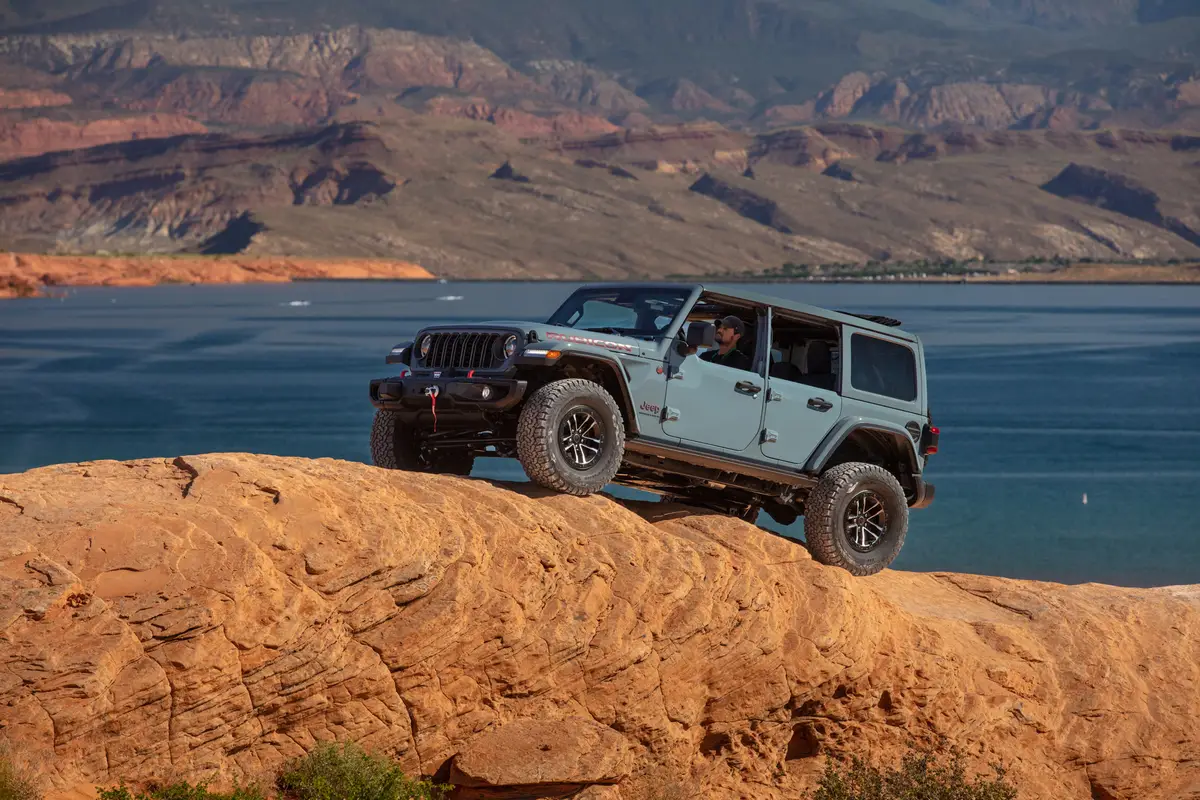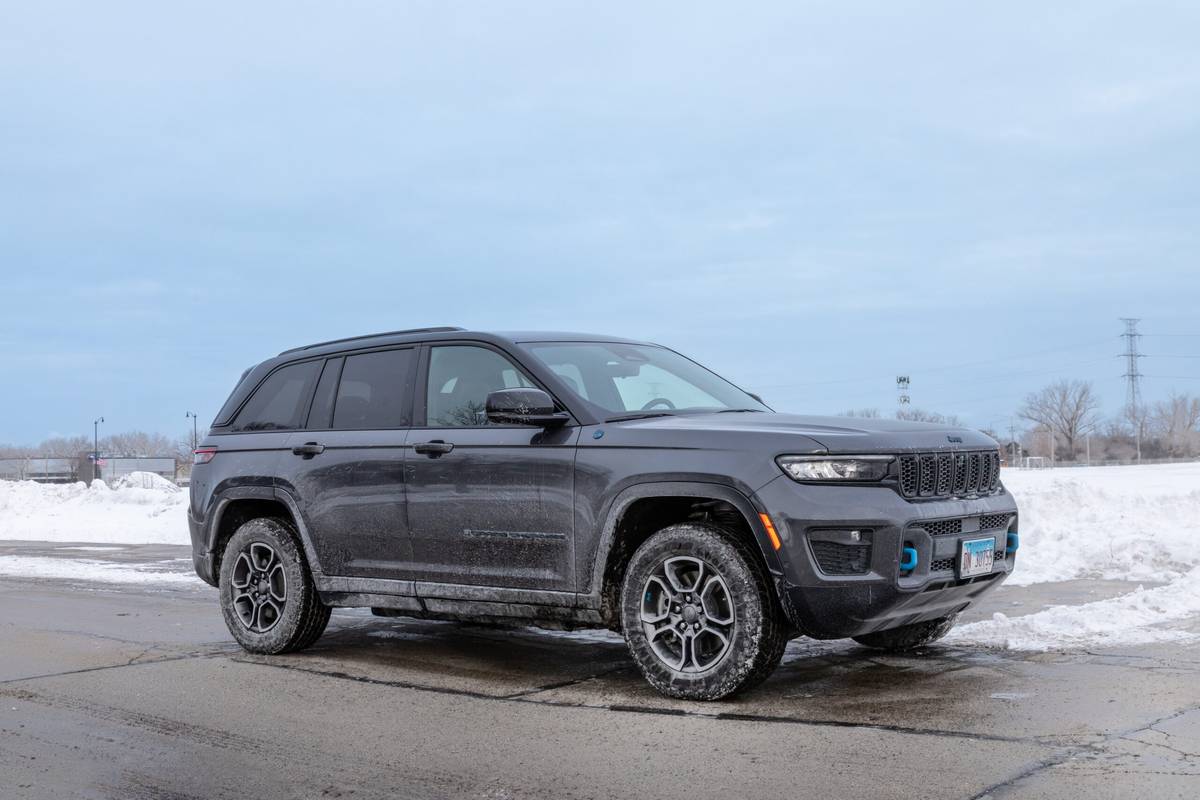Boston.com's view
Think surfboards and snowboards.
Think Dale Velzy and Dan Burton.
Think surf museum at Santa Cruz, Calif., and ski museum at Cannon Mountain, N.H.
Think Honda Element front-wheel-drive and Honda Element all-wheel-drive. I was thinking all these things during the recent blizzard that dumped 20 inches of snow in my driveway; thinking about the men who popularized surfing and boarding, the equipment, the museums — I was pondering the Elements, you could say.
I first met the Honda Element, designed after visits to frat houses and surfer beaches, in Santa Cruz. There, in drives along the California coast in the front-wheel-drive model, I came away most impressed. Here was a utiltarian car (Honda calls it a dorm room on wheels, or a portable campsite) at an amazing price: $16,100-$20,850 base through four model levels.
I was sold on the notion of the Element as a great car for the target audience at which Honda claimed to be aiming: young folks with active lifestyles — skiers, boarders, surfers, trekkers, climbers.
But I also saw, with its flat, washable floors, doors that open barn-door-like for wide access, rear seats that can be either removed or folded up against the walls, a vehicle that would appeal to all age groups. [The rear seats also fold flat and, in conjunction with folded back front seats form a bed; how far across the age lines that utility will spread, I am not sure.]
After I first wrote about it and announced Honda’s intent, I got lots of e-mail from folks of a certain age, shall we say, pointing out that they, too, would love this car for its easy access in hauling groceries, gardening supplies, antiques, and even lumber for small projects.
Lots of people told me it looked like a baby Hummer H2, and I had to agree. With its dark composite body cladding, its upright box of a shape, its high wheel wells, and greenhouse upper body, it does have a certain military bearing.
So if it looks like a Hummer, I wondered as I watched the snow fall, how will it do in the snow? My experience had been only on dry roads and with front-wheel-drive. Would what Honda calls a "real time" four-wheel-drive system perform in a region where all-wheel-drive Subarus seem to be as plentiful as mosquitoes around a hot bog?
The answer: Absolutely.
I did not take it through snow measured in feet, but did travel hilly back roads in New Hampshire that were greasy with four inches of churned snow, cross-hatched with drifts, and pocked with toaster-size snowballs that had tumbled down from towering snow banks.
In relentless fashion, it plowed straight ahead, torque shifting front to rear and rear to front, wheel to wheel, in steady, surging fashion. I could tell it was not a vehicle you would take pounding in serious off-roading, but I could also tell it is a car I would send my kids off to college in; would drive myself as a year-round vehicle of great utility, sensibility, and economy.
Here’s how the real time four-wheel-drive system works:
You can have it on either of the two trim levels: DX or EX. The system sends power to the rear wheels when it senses the front wheels [the primary drive wheels] slipping. A power takeoff unit from the transmission sends torque to a propeller shaft to a rear differential to drive the rear wheels.
The differential houses a pair of hydraulic pumps [one driven by the shaft, the other by the rear wheels] that infuse fluid to a multiplate clutch system. When the front wheels slip, the propeller shaft spins and its pump increases fluid output and forces the clutch plates to engage. Up to 70 percent of the car’s torque can be sent rearward this way.
The system is automatic and, because you are not running all four wheels at full torque all the time, gasoline is saved.
It is a simple, lightwe ght system, and, as it showed in several days of snow, melting ice, and sandy roads, a perfect system for most New England driving.
The Element is powered by Honda’s 2.4-liter, DOHC, iVTEC engine. It produces 160 horsepower and 161 lb.-ft. of torque. Perhaps owing to its less-than-aerodynamic shape, its gas mileage is only okay: I got 22.4 miles per gallon. That’s not great, you can haul much of what you can in a larger SUV that might get 16-18 miles per gallon, it’s not bad.
The interior of the Element is highly functional: the floor is flat and rubberized for easy cleaning; the seats can be washed; the headroom is cavernous [a 6-foot, 4-inch pal of mine sat in the driver’s seat and had a good foot of clearance].
It’s ride, while offering the sense of high SUV seating, is in fact car-like. That’s because Honda managed to keep its heavy weight [3,456 pounds] at a low center of gravity. The suspension is a compacted version of that found in the CR-V, Honda’s small SUV, with toe control struts up front and, in the rear, a double wishbone system with rear damper and compact springs.
At 160 horsepower, it obviously is not meant for big towing jobs and it is no rocket off the line. Yet under speed on the highway, it moves out easily for passing and it climbs steep hills with ease.
Its ABS system is faultless: Headed down a steep, snowy, deserted hill I stomped the brakes to see what it would do. It steered straight and true as it slid to a controlled stop with the brakes to the floor.
This is a utilitarian car, a safe car, a sensible car, an economical car. As I said, I’d send my kids off to college in this one feeling secure about their safety.
Nice Touch — The multiple pouches, bins, and trays arrayed throughout the car. Great places for the "stuff" of an active lifestyle.
Annoyance — This from readers of past Element reviews: Honda is going to have to offer a second rear seat option — a seat that will hold three passengers — because a car that will carry only four people cuts out lots of families who otherwise might buy this car.
Latest news



